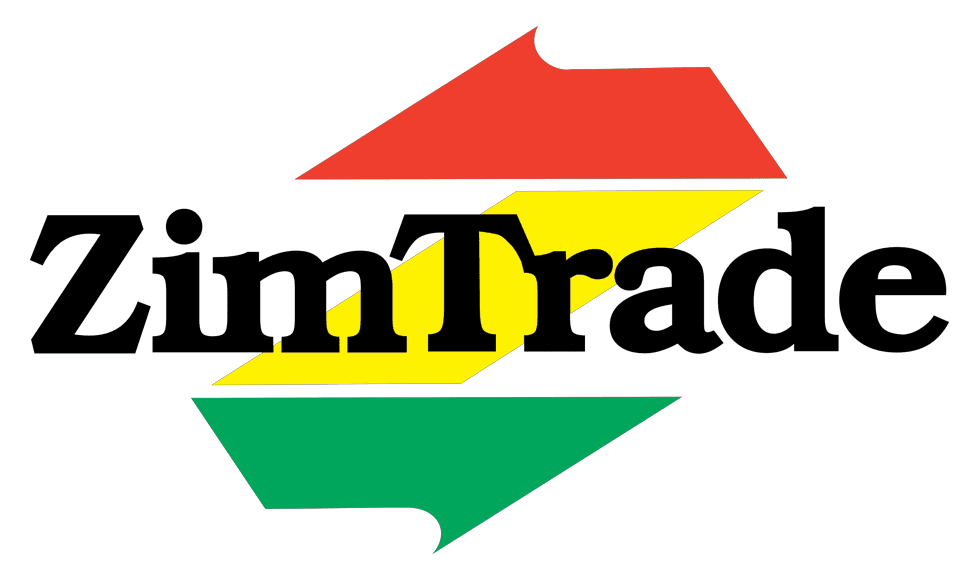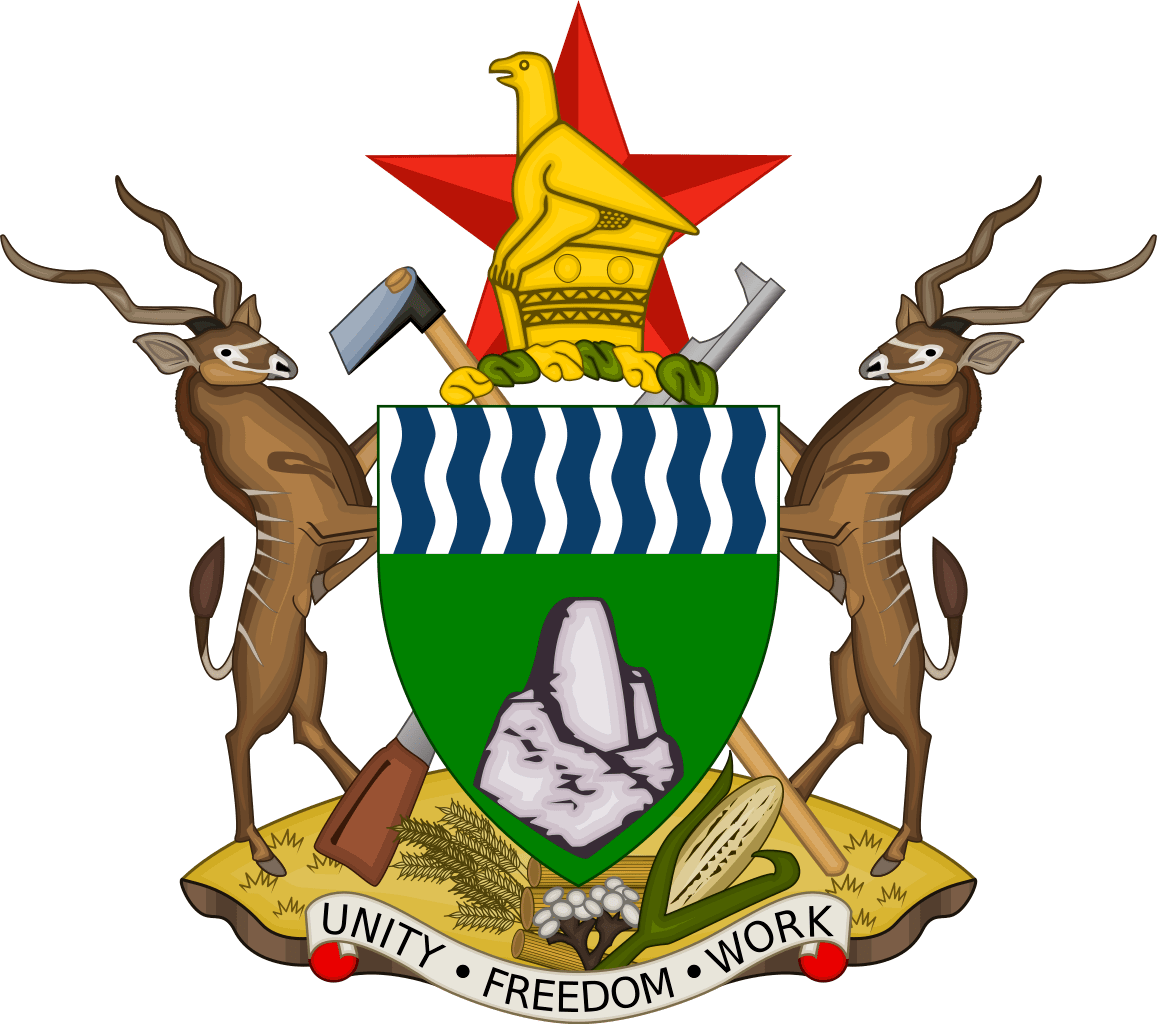The curtain comes down on an eventful year for exporting businesses, that has seen a concerted effort from both public and private sector to increase the nation’s exports, albeit challenges that continue to affect production capacity of local businesses.
According to statistics from ZimStats, trade performance in the period February-October this year shows that the trade deficit decreased by 55 percent from US$1.31 billion recorded during same period last year to current US$587 million.
Although trade deficit reduced, Zimbabwe’s total exports for the period February-October 2019 amounted to US$3.01 billion, indicating a 25 percent decrease from US$4.04 billion recorded during the same period in 2018.
On the other hand, the total import bill was US$3.6 billion, a 33 percent decrease from the US$5.35 billion recorded in the same period in 2018.
Going forward, it is imperative that trade performance be skewed towards increasing exports of value-added products while at the same time decreasing imports, particularly value-added commodities that can be manufactured locally.
The drop in total exports can be attributed to a number of challenges that affected production capacity of local businesses, including shortage of energy.
Cyclone Idai, which struck the eastern parts of the year also dampened export prospects of farmers from the region, who had been working towards increasing exports of horticultural produces such as pineapples.
Despite the decline in exports this year, exports of manufactured products registered an 8.5 percent growth rate from February-October 2018 to the same period in 2019.
The increase in manufactured exports was mainly driven by processed foods and beverages which registered a 40 percent growth. In value terms this sector’s exports increased from 54.5 million to US$76.1 million.
The sector’s contribution to total exports increased to 2.5 percent from the 1.3 percent recorded during the same period in 2018.
Raw hides and skins registered an increase of 68 percent from the US$7.9 million recorded in February-Octoboer 2018 to US$13.3 million in the same period in 2019. The main contributor to this increase were exports of bovine hides.
The leather sector exports month on month increased to US$252,000 in October 2019 from US$34,000 September 2019 and this indicates 627 percent increase.
Notable increase was in export of leather clothing accessories, as well as reptile leather and goat leather.
Minerals remain the country’s largest foreign currency earner, contributing of US$1.97 billion in 2019 in the period under review, up from US$1.88 billion recorded last year.
Although exports grew in these areas, there are sectors that have been performing below capacity.
For example, exports of chemicals – excluding fertilizers and pharmaceutical – have gone down from US$1.8 million in February-October 2018 to US$0.88 million in same period in 2019, representing a 50 percent decrease in value exported.
To achieve this, there is need for public and private sector players to create synergies that will allow exports to grow, as well as work together to address challenges that are affecting production of export products.
Speaking during the Conference, President Mnangagwa urged public and private sector to combine individual efforts that are targeted at increasing Zimbabwe’s exports.
“There is urgent need for both the public and private sectors to synergise our efforts and collectively take appropriate steps to boost our country’s exports, which is the most sustainable way to stabilise and grow our economy.
“We must all work with unity of purpose to facilitate trade and investment as well as ensure trade policy predictability and sustainability,” he said.
The Conference remains a key highlight for the exporting community designed to bring together all stakeholders concerned with exports under one roof to map a way forward on how to stimulate production and export growth.
In line with the Government’s devolution drive, this year has set in motion the development of export strategies and plans for all provinces.
Going forward, all provinces are expected to expedite growth of exports by focusing on niche products and services that enjoy competitive and comparative advantage.
In the coming year, ZimTrade will be working on putting in place export clusters at Provincial level.
In the coming year, ZimTrade – the national trade development and promotion organisation – will work closely with all provinces in developing their export capacities as well as identify key markets where they can sale their products and services.
To propel exports growth, two policy documents were launched this year, that is the National Trade Policy Vision and Export Promotion Strategy
The trade and export blueprints are expected to “propel Zimbabwe’s industrialization towards a transformed and internationally competitive economy driven by robust free and fair domestic and international trade”.
Once under implementation, the policy and strategy document will complement existing instruments such as the National Trade Policy (2019-2023), which is anchored on increasing Zimbabwe’s domestic and international trade competitiveness.
The National Trade Policy Vision and Export Promotion Strategy includes guidelines regarding introduction of government-private sector led reforms to facilitate growth in exports of goods and services.
This year also witnessed significant changes in the economy, with the statutory instrument abolishing use of multi-currency system being the prominent one impacting on doing of export business.
Previous, multi-currency system had rendered local products uncompetitive on the global market, given the existing dominance and strength of the United States of America (US) dollar.
At the same time, the continued use of the US dollar on the domestic market meant it was cheaper to import products, raising the import bill at the expense of exports.
As such, the abolishing of multi-currency system brought some relief to exporting businesses who are now on the verge of reclaiming some markets in the region and beyond.
However, there is need to acknowledge that some local businesses, particularly Small and Medium Enterprises still face challenges accessing foreign currency, which they need to acquire raw materials.
With regards to export development, a line of activities were completed, targeting capacity development of local companies so that they are competitive on the export market.
With support of local and international partners, ZimTrade conducted several export awareness seminars, technical intervention and training programmes to improve competitiveness of local companies.
Local companies will also benefit from ZimTrade’s partnership with Japan External Trade Organization (JETRO), following signing of a Memorandum of Understanding (MoU) to strengthen cooperation and collaboration between the two institutions.
Implementation of the MoU is expected to result in increased exports to Japan on a range of products such as horticultural produces, value-added minerals, ferro-alloys, vermiculite and leather and leather products.
Export development also entails provision and access to reliable market information to local businesses.
Market surveys were conducted in Zambia, Malawi, Angola and Namibia to explore products and services with market potential in the country, as well as establish contacts the potential buyers.
Information from these researches are helping local businesses penetrate the export market
On the export front, this year has seen an increased interest from local companies that want to participate on the global market.
This year alone, ZimTrade facilitated the participation of 114 companies in several regional and international trade missions and exhibitions such as Zambia Agriculture and Commercial Show, DRC Mining Week, Global Expo Botswana and the China Trade and Investment Expo.
Participating in these events gave companies an opportunity to showcase their quality products
Outward seller missions were also conducted, including the United Kingdom (UK) Trade Mission, aimed at expanding trade between the two countries and complement Zimbabwe’s re-engagement efforts.
The mission provided an opportunity for local companies to interact with buyers from UK and establish linkages that will make it easy for local products to penetrate the UK and Europe markets.
Buyers from UK expressed interest to buy products from Zimbabwe, with horticultural produces attracting buyers who visited Zimbabwe’s companies at the exhibitions.
The growing interest in Zimbabwean products is expected to unlock export opportunities for value-added products in the UK and the rest of European countries.
Zimbabwean products are best known for their quality and local products such as Mazoe and Tanganda Tea have made a mark in the UK market.

Increasing agrochemical exports to African markets
The prioritization of agriculture by President E.D Mnangagwa’s Second Republic






